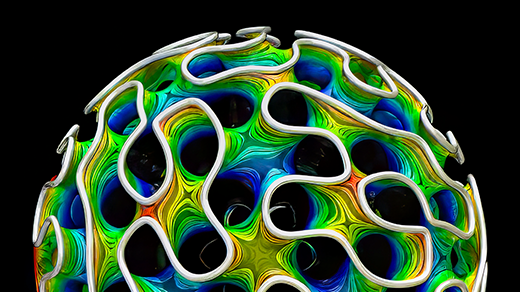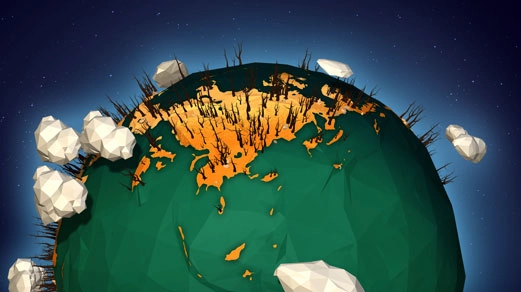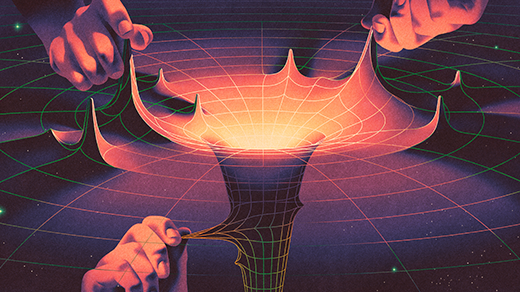What's up in
Partial differential equations
Latest Articles
New Proofs Probe Soap-Film Singularities
Mathematicians have broken through a long-standing barrier in the study of “minimizing surfaces,” which play an important role in both math and physics.
The Hidden Math of Ocean Waves Crashes Into View
The math of even the simplest ocean waves is notoriously uncooperative. A team of Italian mathematicians has made major advances toward understanding it.
The Math of Catastrophe
Tipping points in our climate predictions are both wildly dramatic and wildly uncertain. Can mathematicians make them useful?
‘Ten Martini’ Proof Uses Number Theory To Explain Quantum Fractals
The proof, known to be so hard that a mathematician once offered 10 martinis to whoever could figure it out, connects quantum mechanics to infinitely intricate mathematical structures.
A New Geometry for Einstein’s Theory of Relativity
A team of mathematicians based in Vienna is developing tools to extend the scope of general relativity.
Epic Effort to Ground Physics in Math Opens Up the Secrets of Time
By mathematically proving how individual molecules create the complex motion of fluids, three mathematicians have illuminated why time can’t flow in reverse.
New ‘Superdiffusion’ Proof Probes the Mysterious Math of Turbulence
Turbulence is a notoriously difficult phenomenon to study. Mathematicians are now starting to untangle it at its smallest scales.
A New Proof Smooths Out the Math of Melting
A powerful mathematical technique is used to model melting ice and other phenomena. But it has long been imperiled by certain “nightmare scenarios.” A new proof has removed that obstacle.
A Tower of Conjectures That Rests Upon a Needle
On its surface, the Kakeya conjecture is a simple statement about rotating needles. But it underlies a wealth of mathematics.








